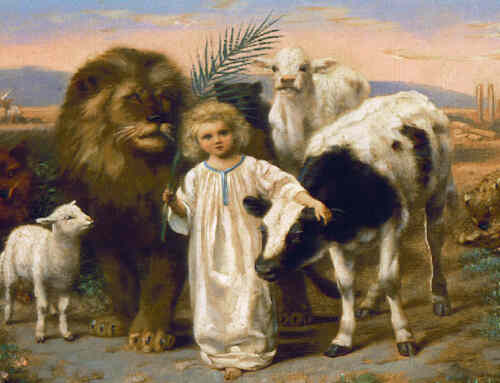Jesus used the Greek word Gehenna (often translated into English as “hell”), referring to an actual location – the Valley of the Son of Hinnom. For example, he used the term when speaking to his followers in Mark 9:43,47-48 and Matthew 10:28. He used the term when speaking to the scribes and Pharisees in Matthew 23:28,32-33.
Bible commentaries have long described a garbage dump located here. For example:
(Source: Nelson’s Illustrated Bible Dictionary) “In the time of Jesus, the Valley of Hinnom was used as the garbage dump of Jerusalem. Into it were thrown all the filth and garbage of the city, including the dead bodies of animals and executed criminals. To consume all this, fires burned constantly. Maggots worked in the filth. When the wind blew from that direction over the city, its awfulness was quite evident.”
(Source: Albert Barnes’ Notes on the Whole Bible) “The Jew’s extreme loathsomeness of the place, the filth and putrefaction, the corruption of the atmosphere, and the lurid fires blazing by day and night, made it one of the most appalling symbols with which a Jew was acquainted.”
Quoting from Wikipedia: “The valley surrounds the Old City of Jerusalem and the adjacent Mount Zion from the west and south. It meets and merges with the Kidron Valley, the other principal valley around the Old City, near the Pool of Siloam which lies to the southeastern corner of Ancient Jerusalem. The northwestern part of the valley is now an urban park.” However, the article goes on to explain the physical location is disputed and alternate sites have been suggested.
Further, the idea of this being a garbage dump is being questioned among scholars because archeologists haven’t actually found evidence of such, and it is not mentioned in early literary writings – at least those that have survived. The idea of the garbage dump can be traced back only so far as that given by Rabbi David Kimhi around the year 1200 AD. Thayer’s Greek English Lexicon states “this common explanation…is found in Rabbi David Kimhi (fl.c.1200 AD) on Psalm 37:13.”
Regardless, Gehenna symbolically represents utter destruction (not torment) of second death, as evidenced by its reference in the Old Testament when God changed its name to the Valley of Slaughter as punishment for the unthinkable child sacrifices made to Baal. There is much more to scripturally analyze on this important subject, so we recommend the following:
Additional Reference:
Christian Questions Podcast
Episode #1341: “What Did Jesus Mean When He Talked About Hellfire? (Hellfire Series Part I)
Examining what Jesus meant by talking about hell and unquenchable fire
Preview Video
CQ Rewind Show Notes












